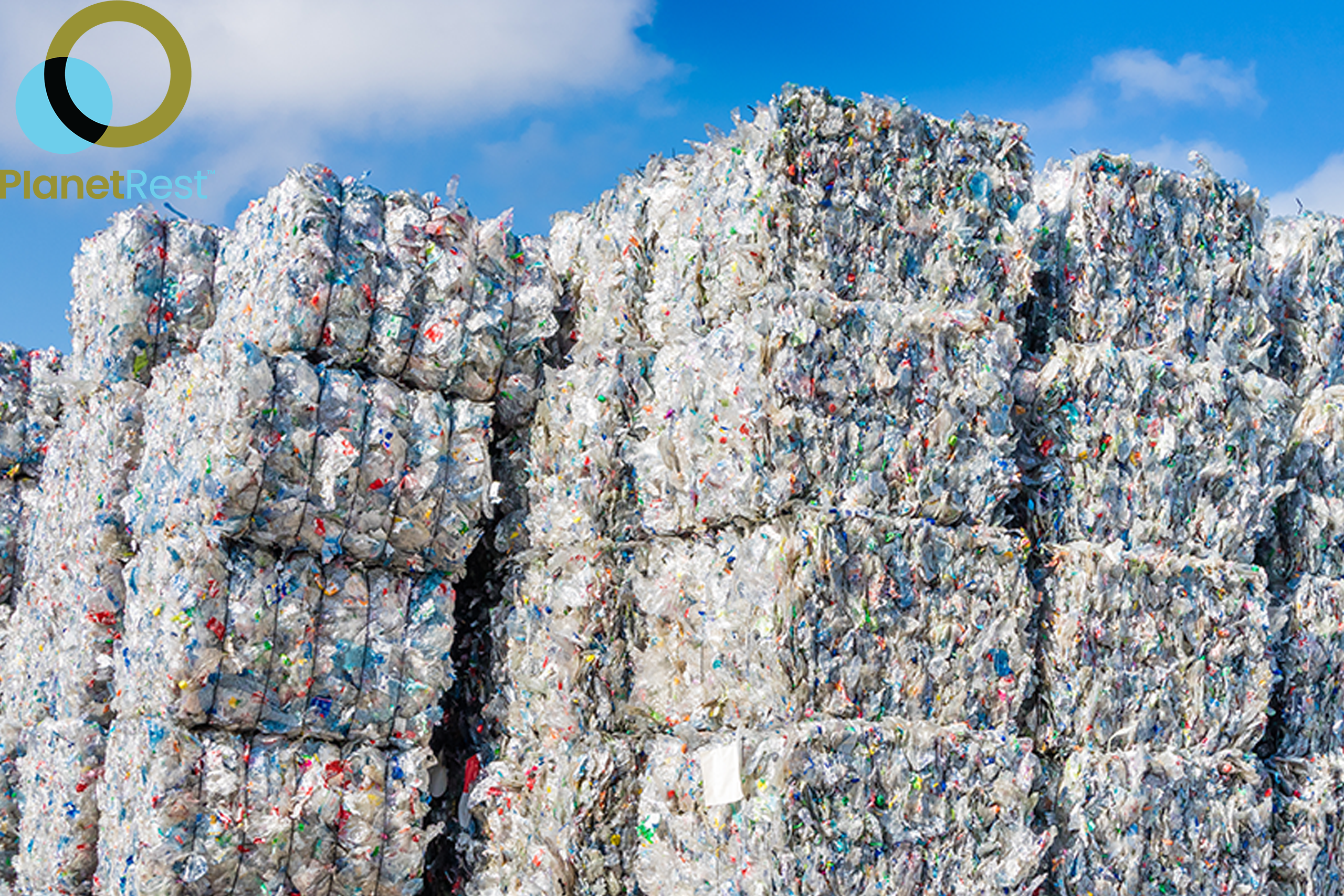
04 Jul Recycling
A Key Solution to Reducing Waste and Conserving Resources
As the world grapples with environmental degradation and resource depletion, recycling has emerged as one of the most effective strategies to reduce our impact on the planet. Recycling is not just about waste management; it’s about conserving resources, reducing energy use, and minimizing our carbon footprint. Every small action—whether it’s separating your paper from plastic or composting food scraps—adds up to significant benefits for the environment.
The Impact of Recycling
The numbers around waste are staggering. Globally, humans generate over 2 billion tons of waste annually, and only 16% of that is recycled. Much of the waste we generate ends up in landfills or oceans, contributing to pollution, habitat destruction, and greenhouse gas emissions. Here’s a look at how recycling can combat these issues:
- Resource conservation: Recycling reduces the need for new raw materials. For example, recycling one ton of paper saves approximately 17 trees and 7,000 gallons of water.
- Energy savings: Manufacturing products from recycled materials requires far less energy than producing goods from raw materials. For instance, recycling aluminum saves 95% of the energy needed to produce new aluminum from bauxite ore.
- Reduction of greenhouse gas emissions: Recycling helps to cut down on emissions. For example, recycling one ton of cardboard saves up to 1 ton of CO2.
- Preventing pollution: Recycling keeps harmful materials like plastics, e-waste, and chemicals out of landfills and oceans, protecting ecosystems and wildlife.
Challenges with Recycling
While recycling offers immense benefits, there are challenges to overcome. Contamination in recycling bins, lack of infrastructure in certain regions, and confusion about what can and cannot be recycled hinder the effectiveness of recycling programs.
For instance, about 25% of what is placed in recycling bins in the U.S. is contaminated with non-recyclable materials, rendering the entire bin unusable.
To ensure recycling is effective, we must educate ourselves on the proper procedures and adopt more responsible consumption habits. By recycling the right materials and reducing single-use products, we can maximize the positive impact of our recycling efforts.
Innovative Solutions for Recycling
The good news is that innovation is driving exciting advancements in recycling technology, offering new solutions to old problems. Here are some of the latest breakthroughs:
- Chemical Recycling: Unlike traditional mechanical recycling, chemical recycling breaks down plastics to their molecular level, allowing them to be remade into high-quality plastic products. Companies like Loop Industriesare pioneering this approach to tackle the plastic waste problem.
- AI-Powered Sorting: Waste sorting is becoming more efficient with the use of artificial intelligence (AI). Systems like AMP Robotics use AI to automatically identify, sort, and process recyclables at high speeds, reducing contamination and improving recycling rates.
- Circular Economy Initiatives: Many companies are now adopting closed-loop systems, where products are designed to be fully recyclable, and the materials are reused in manufacturing. Brands like Patagonia and IKEAare embracing circular economy models to ensure that fewer resources are extracted and less waste is produced.
What You Can Do
Recycling is a collective effort, but individual actions can have a significant impact. Here’s how you can make a difference:
- Know What’s Recyclable: Not all materials can be recycled, and throwing non-recyclable items into recycling bins can contaminate the entire batch. Check local recycling guidelines to ensure you’re sorting correctly.
- Reduce Before You Recycle: Aim to minimize waste before it becomes a problem. Invest in reusable bags, containers, and utensils to cut down on single-use plastics.
- Compost Organic Waste: Food scraps and yard waste make up about 30% of what we throw away. Composting can turn this organic waste into nutrient-rich soil, reducing landfill waste and methane emissions.
- Support Businesses with Recycling Programs: Many companies now offer take-back or recycling programs for their products. Brands like Apple and H&M offer recycling incentives for electronics and clothing, ensuring that materials are properly recycled and reused.
A Path Forward: Toward a Circular Economy
Recycling is just one part of the larger movement toward a circular economy—a system where products are designed with the end of their lifecycle in mind, and materials are continuously reused, reducing waste to the absolute minimum. Moving beyond the “take, make, dispose” model, the circular economy focuses on sustainability at every stage of a product’s life, from production to disposal.
PlanetRest is dedicated to advocating for a circular economy. We believe that with the right infrastructure, consumer education, and corporate responsibility, we can drastically reduce our waste and carbon footprint. Recycling is one of the critical steps we can all take to help move the date of Earth Overshoot Day.
Together, we can contribute to a sustainable future where waste is minimized, resources are conserved, and the planet gets the rest it deserves.



No Comments